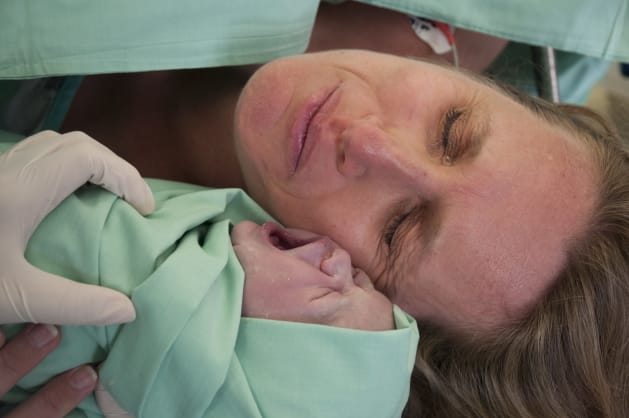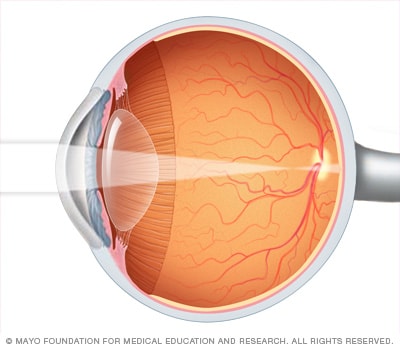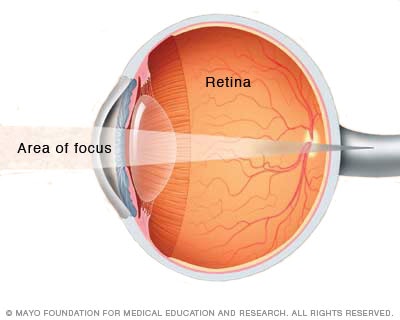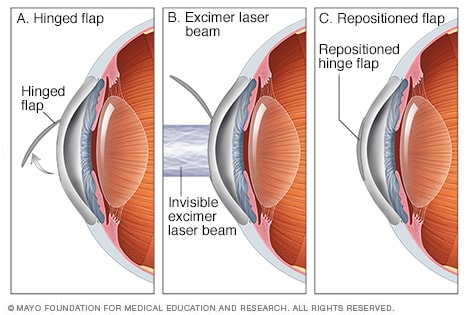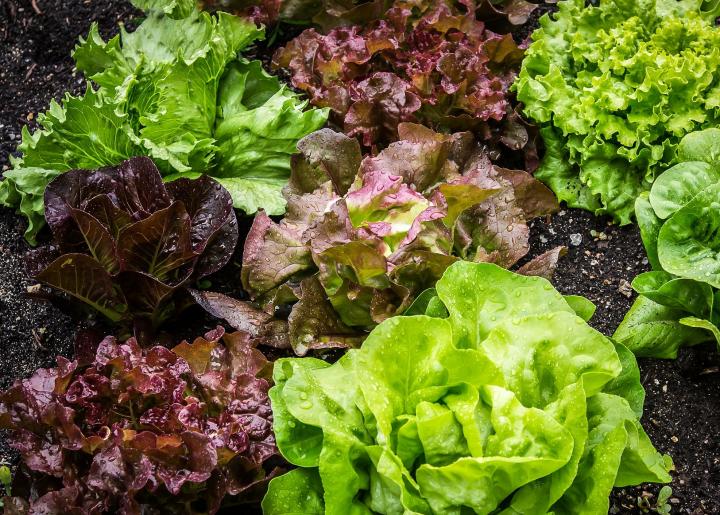Destroying an Invaluable Philippines Ecosystem
“It is vital not to let damaging fishing practices become the norm."
"Once people started using destructive fishing methods they stuck with what is familiar – even after those methods later became illegal. So, it’s essential to ensure young fishers engage with sustainable fishing methods such as hook and line fishing, or traps. It’s also critical to motivate older fishers to set aside destructive methods."
"If the Philippines were to fully implement its new fishing laws on sustainability, then ocean protection would improve and use of damaging gears would decline.:
"Fisher organizations can also take the lead, as sometimes happens in the Philippines, and cooperate on limiting destruction, ideally with support from local government."
Jennifer Selgrath, PhD student, Institute for the Oceans and Fisheries, Fulbright Scholar
 |
| Squid fishers on Danajon Bank ubc.ca/files Selgrath-Squidfishing |
Nothing survives the blast. Microscopic plankton, sea horses, anemones, sharks; in a 10- to 30-meter radius of such an explosion very little escapes death. The Philippines has been bestowed by nature to be the custodian of 27,000 square kilometers of coral reef, making for marine biodiversity on a grand scale. Now that climate change is racking up changes affecting oceans, the recognition that something must be done to stop illegal fishing, and most certainly 'blast fishing' from wreaking any more irreversible damage is beyond urgent.
 |
| Bacuit Bay and the town of El Nido seen from above. El Nido once suffered from rampant blast fishing. Credit: Lano Lin / Shutterstock |
The researchers tracked various types of fishing methods — such as hand line, traps and nets — used on coral reefs between 1950 and 2010, to discover that from the 1960s the use of sustainable fishing methods such as traditional hook-and-line fishing remained stable, but that a marked increase in the use of fishing practices less selective, illegal and more destructive had moved forward, particularly in the regional use of destructive fishing methods such as the use of explosives and poisons, both outlawed by government in 1932.
Despite legislation in the Philippines dating after 1998 banning these destructive fishing techniques their use persists with a growing number of fishers making use of crowbars to smash up corals to enable them to catch elusive marine animals such as abalone which bring greater profits. For many traditional fishermen the profit they obtain ensures they will continue to defy the law; if their ancestors did it, it can't be wrong. Basically, these fisherfolk live a poverty tradition, barely managing to sustain themselves.
Legal net fishermen gain three kilos of fish daily. Dynamite fishing can net nine kilos, occasionally up to 20 kilos. Slice off a few centimeters of fuse wrapped in aluminum foil, strap on a match for a detonator; funnel sand to the bottom of a glass bottle and pack it with explosives. That fuse, in aluminum wrap, allows four seconds to toss the bomb and wait for it to explode. It helps to preserve human life to know the proper bomb-making technique; some fishers have been killed or maimed through carelessness or distraction.
In 1970, according to a report by the Philippine national statistics board, an average daily catch was 20 kilos, reduced to two kilos by 2000. Declining fish stocks convinced more fisherfolk that they would do better through illegal fishing. In blast fishing the entire food chain -- plankton, small and large fish -- juveniles that will never attain to spawn size, perish. Absent healthy corals the entire ecosystem along with the fish within fail to flourish and gradually die off.
Rubber hose wedged between teeth, fishermen sink ten meters into the water after a blast to lurch awkwardly along the ocean floor, collecting stunned and dead fish scattered among broken coral. In twenty minutes surfacing with a handful of high-value reef fish and about five kilos of scad and sardines, a small catch completes the process. Two men can split the earnings from that catch, about $10 profit each.
Coastal resources management in various island regions have limited resources at their disposal; a handful of slow-moving boats to patrol hundreds of square kilometers of sea. Dynamite fishermen reason their parents used this method and there are still fish; if the scientists warning of disappearing fish were right the fishermen would themselves die if the oceans ran out of fish. However that would never happen, the fish will never disappear, they believe.
 |
Photo Credit: Richard Whitcombe / Shutterstock
|
Labels: Climate Change, Ecosystem, Fishing, Nature, Philippines





